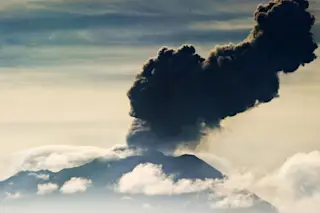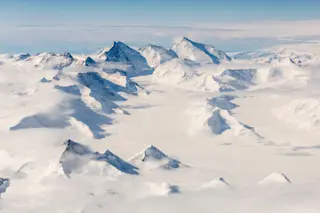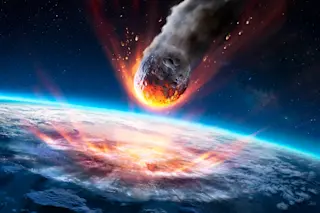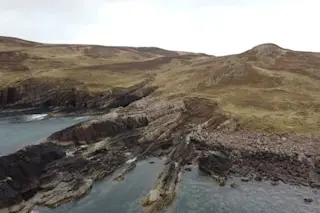Updates from South America: Perú Sabancaya has been restless for the last two years, with periods of heightened activity and a return to quiet. However, it looks like the Peruvian volcano has entered a new phase of activity since early November. The volcano has produced dozens of explosive eruptions since November 6, when the renewed activity began. This first explosion generated an M3.6 earthquake as well. Ash has reached 1.5-3.5 kilometers (4,900-11,400 feet) over the volcano and spread ash over 40 kilometers (25 miles) from the volcano on the people living across the area. The ash plumes (see below) have been some of the highest ever recorded at Sabancaya and video from the explosions show a vigorous plume of dark grey ash from the volcano.
Erupción del Volcán #Sabancaya esta mañana en Arequipa Perú, columna de cenizas 3.8km Alerta Amarilla #Ingemet Vía @carlos_linarezpic.twitter.com/kPrS0DmPwY
— Geól. Sergio Almazán (@chematierra) November 19, ...














